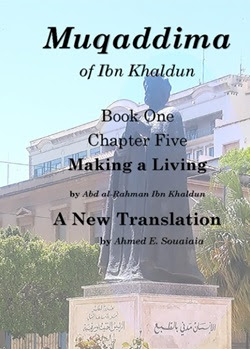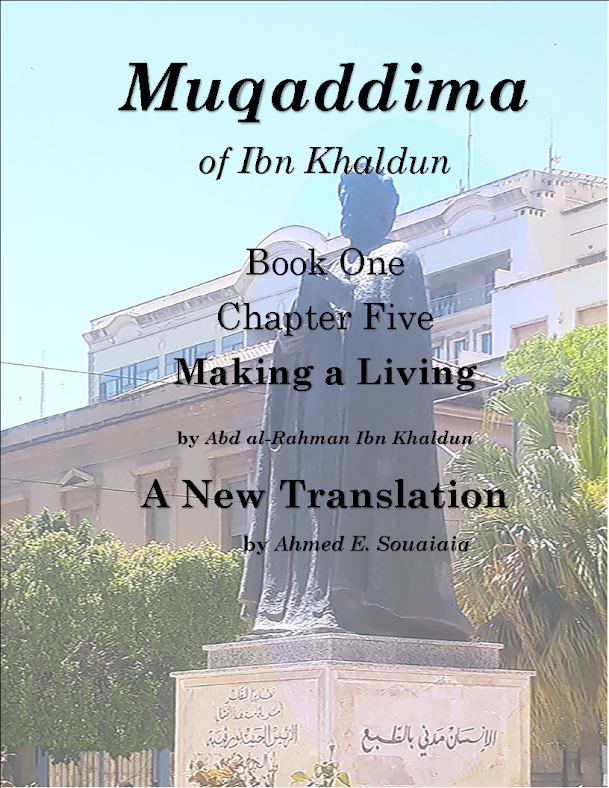Yemen’s Hidden War: How the Saudi-Led Coalition Is Killing Civilians

In March, the Saudis — aided by U.S. and British weapons and intelligence — began a bombing campaign in an attempt to push back the Houthis, who they see as a proxy for Iran. Since then, from the northern province of Saada to the capital Sanaa, from the central cities of Taiz and Ibb to the narrow streets at the heart of Aden, scores of airstrikes have hit densely populated areas, factories, schools, civilian infrastructure and even a camp for displaced people.
From visiting some 20 sites of airstrikes and interviews with more than a dozen witnesses, survivors and relatives of those killed in eight of these strikes in southern Yemen, this reporter discovered evidence of a pattern of Saudi-coalition airstrikes that show indiscriminate bombing o
(The number of civilian casualties has not been officially collated or recorded by NGOs or aid agencies. Only a handful of humanitarian and independent human rights organizations have had a presence on the ground in Aden, while nationwide just a small fraction of the strikes have even been independently documented. The death tolls for the eight strikes, which include five on public buses, were given by witnesses, or those who collected the dead after the strikes, and are necessarily imperfect; the total ranges from 142 up to 175.)
“The Obama administration needs urgently to explain what the U.S.’s exact role in Saudi Arabia’s indiscriminate bombing campaign is,” said Cori Crider, strategic director at the international legal group Reprieve. “It very much looks like there is a case to answer here — not just for the Saudis, but for any Western agencies who are standing behind them. International law shuns the intentional targeting of civilians in war — and in the United States it is a serious federal crime.”
These civilian deaths occurred in strikes that account for just a handful of the thousands of bombing raids carried out by the Saudi-led coalition since its aerial campaign began. Of particular concern are the U.S.-style “double tap” strikes — where follow-up strikes hit those coming to rescue victims of an initial missile attack — which became a notorious trademark of covert CIA drone strikes in Pakistan. On July 6, for instance, at least 35 rescuers and bystanders were killed trying to help scores of traders hit in a strike five minutes earlier on a farmers market in Fayoush, in Yemen’s Lahj province.
Abdul Hamid Mohammed Saleh, 30, was standing on the opposite side of the road when the first missile hit the gathering of more than 100 men who had been arriving since before 6 a.m. to trade goats and sheep at the daily market. The initial blast, he told me, killed around a dozen men and injured scores more. Body parts flew through the air, and an arm landed next to Saleh. He said he began to flee, but hearing the screams of the injured he turned back and crossed the road to try and help. The second strike landed less than 30 yards from him, sending shrapnel flying into his back.
read more >>
f civilians and rescuers, adding further weight to claims made by human rights organizations that some Saudi-led strikes may amount to war crimes and raising vital questions over the U.S. and Britain’s role in Saudi Arabia’s war in Yemen.


































